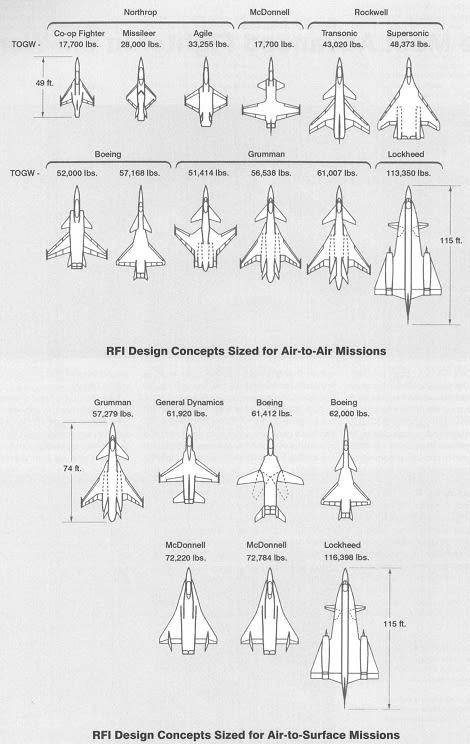
This one’s going to be a bit different.
In June of 1981, the USAF began the ATF program, seeking a new fighter to challenge the USSR’s new Su-27 and MiG-29 designs. The Air Force was interested in incorporating new technologies into the design, including composite materials, advanced fly-by-wire and glass cockpits, low-observable/stealth ideas, STOL (short-takeoff and landing) and supercruise (achieving Mach speeds without afterburner). By 1984, requirements had settled down to a maximum T/O weight of 50,000 lbs, a mission radius of 800 mi, a supercuise speed of Mach 1.4 to 1.5, and a 2,000 foot take-off run. A separate program, the Joint Advanced Fighter Engine, was released to P&W and GE to develop a new engine for the ATF. A requirement for air-to-surface missions was later spun off into the Joint Strike Fighter program, which resulted in the X-32 and X-35 competition and eventually the F-35 Lightning II.
Northrop responded with three concepts, the P-900, also called the co-op fighter, the Missileer, and Agile, which was based on an earlier design co-developed with Dornier for an aborted fighter program for the Federal Republic of Germany (which later became the Eurofighter Typhoon).
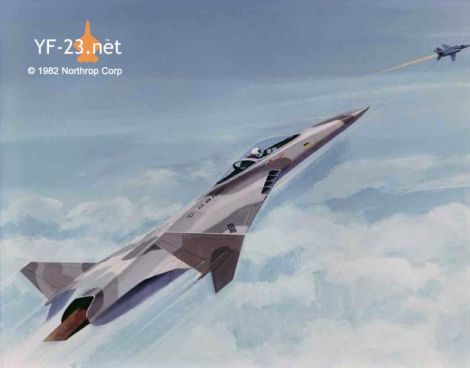
The P-900 was a tiny thing, barely 17,000 lbs and just over 47 feet long. The pilot was seated in a steeply inclined ejection seat, Northrop having clearly expected the design to be highly maneuverable. A modular, retractile weapons bay was fitted to the ventral side, allowing the carriage of up to four guided air-to-air missiles, a combination of guided and unguided missiles and a gun, or a gun and anti-tank missiles.
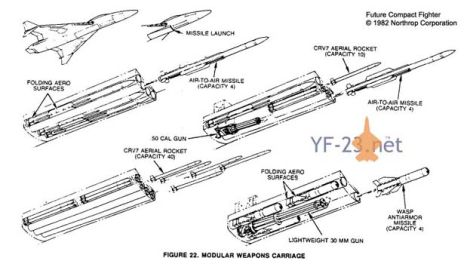
The N-357 Missileer design is less documented, with a single image showing a semi-tailless design with diamond-shaped wings, clearly an ancestor of the YF-23. Of note is the retractable missile tray and over-the-shoulder intakes:

“Agile”, while clearly drawing from the ND-102 concept, also apparently draws from the Northrop YF-17:

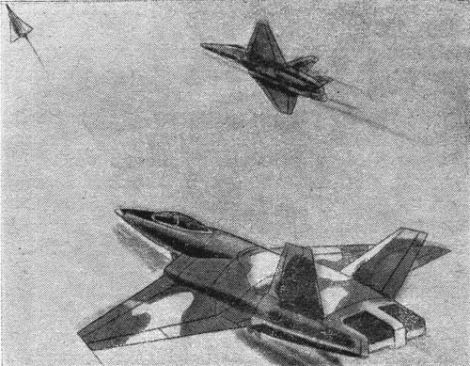
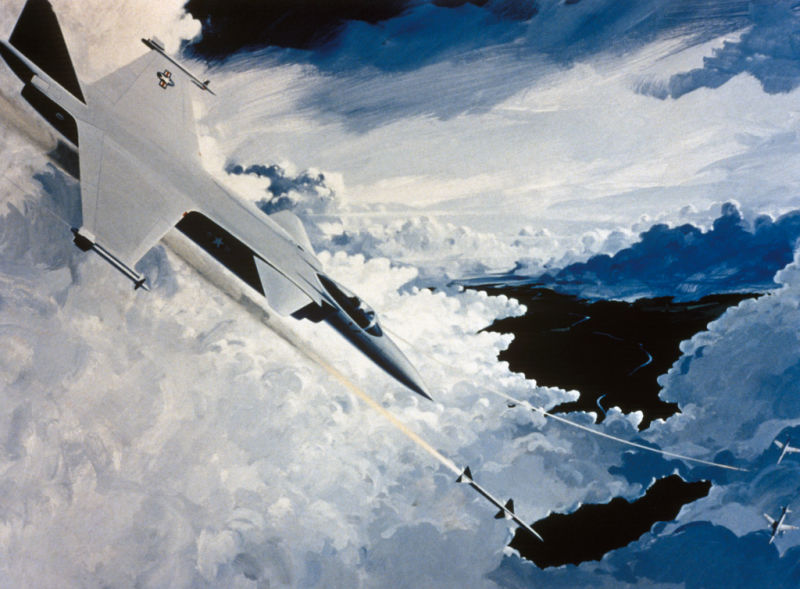
Concept #4 was optimized for transonic speed and high alpha maneuvering, but seemingly offered nothing new over McDonnell Douglas’ F-15.
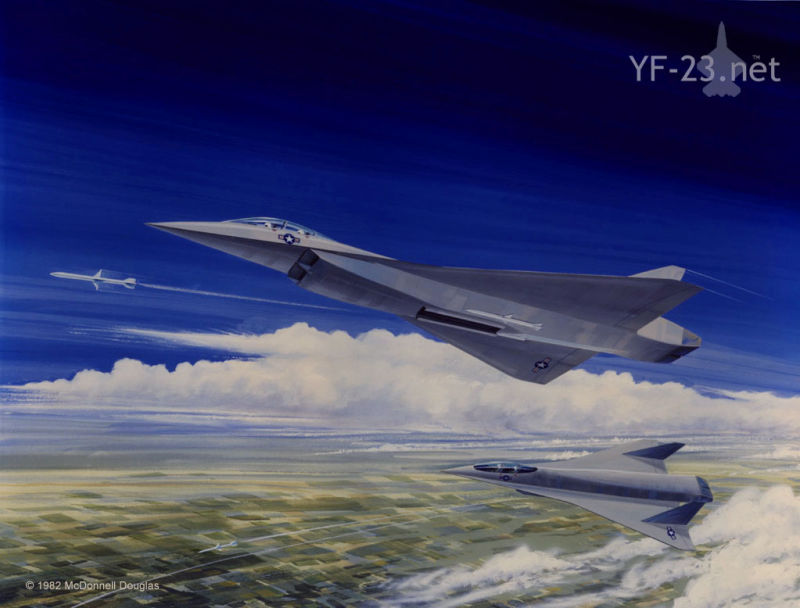
McD’s second design, numbers 17 and 18, were for the air-to-surface requirement (later dropped), and differed only in the configuration of the intakes. This design does seem to have more stealth baked in, though the rudders would need to have been canted over.

Rockwell’s concept #5 was roughly equivalent to the Eurofighter Typhoon, featuring a tailless canard design optimized for transonic maneuvering and thrust vectoring.

Rockwell’s other design, Concept #6, was a larger, more stealthy entry projected to have maneuverability comparable to the Su-27.
Boeing submitted three designs, two air-to-air concepts and one for strike. Concepts Seven and Eight differed only in wing-shape, with 7 being optimized for high-alpha maneuvering and transonic flight, while 8 featured a double-delta wing.
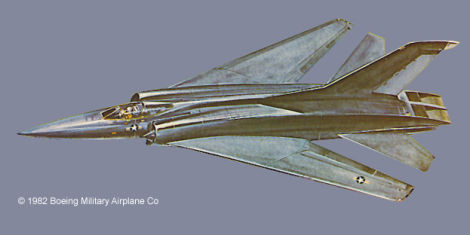
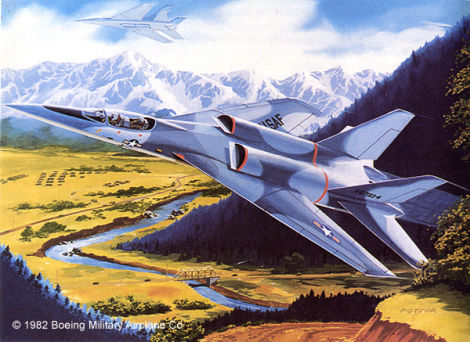
Boeing’s concept 15 was submitted for the strike mission, and featured a low-mounted swing-wing and thrust vectoring.
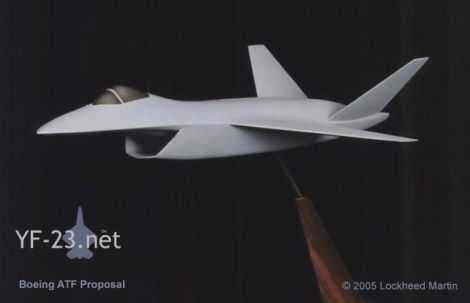

Boeing’s final entry for the ATF competition. Look familiar?
Grumman, eager little overachievers that they were, submitted four entries, three air-to-air and one strike:
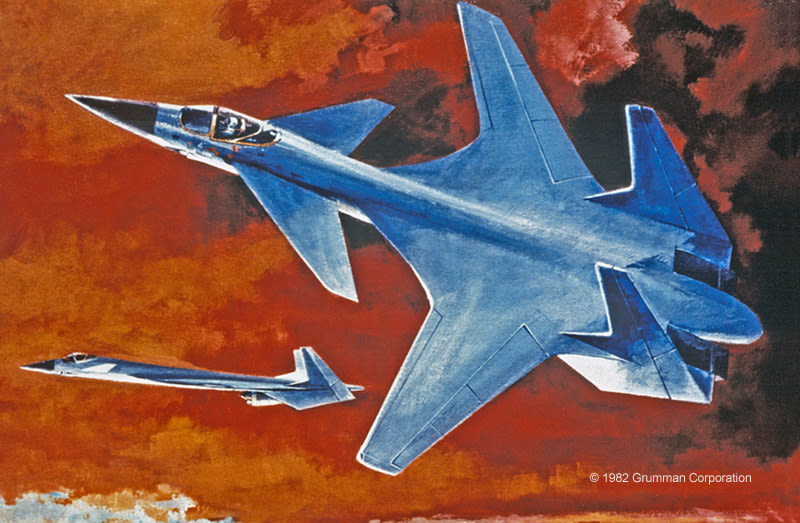
Concept 9 had canards, FSW and tails, and TVNs. Drop that thing into any sci-fi setting and it’s right at home.
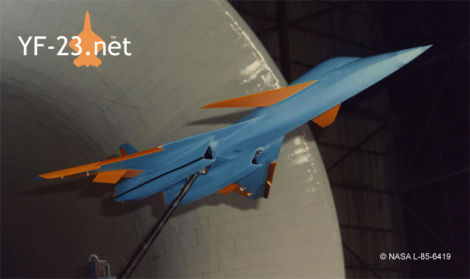
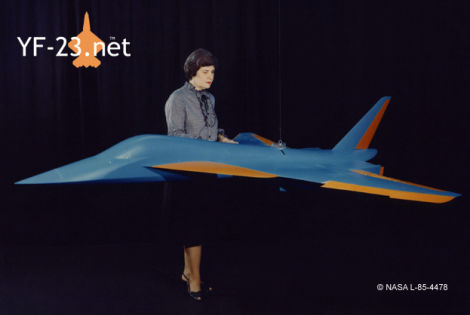
If you told me Concept 10 had GERWALK and Battloid modes, I would not doubt you. A later revision of this concept had twin tails. Concept 11 used the same planform, but was projected to be heavier.
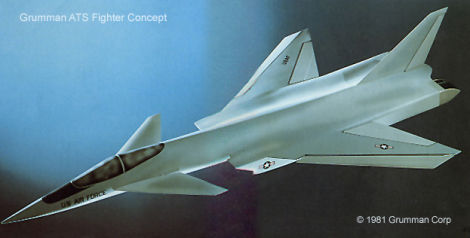
Concept 13 was the ATS version, and was more or less a refinement of concepts 10 and 11, only heavier. Again, the final version had twin tails.
For the RFI stage, Lockheed basically said “Hey, you know what would be good?”

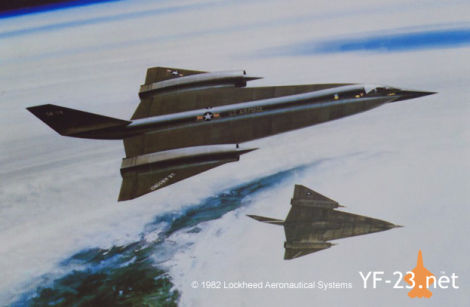
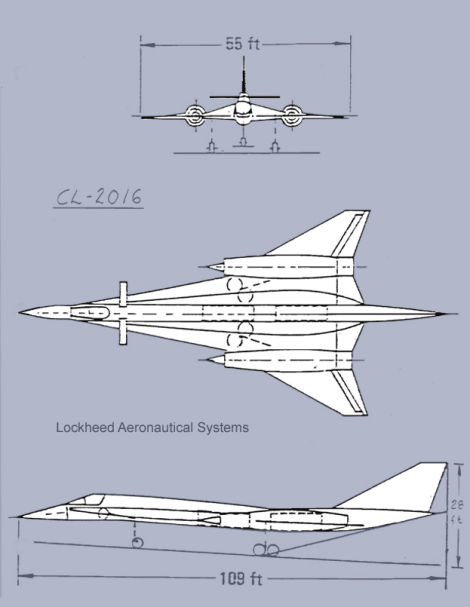
“Son of YF-12!” These designs were absolute units, weighing between 114,000 and 116,000 pounds. Obviously not dog-fighters, these were envisioned as long range interceptors in the mold of the original F-12, the F-14 and the MiG-25/31. Likely they would have been launching GAR-9/AIM-47 missiles as well....
By the time of the actual ATF proposals, Lockheed had drawn on its experience with stealth/low-observable tech from the Blackbirds, Have Blue and F-117 and produced a rather polished fighter concept:

It’s interesting to see how much of the eventual F-22 is there already, and even more interesting to note that this design was initially rejected.
